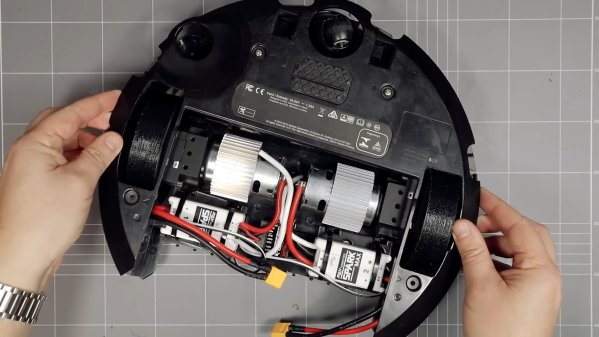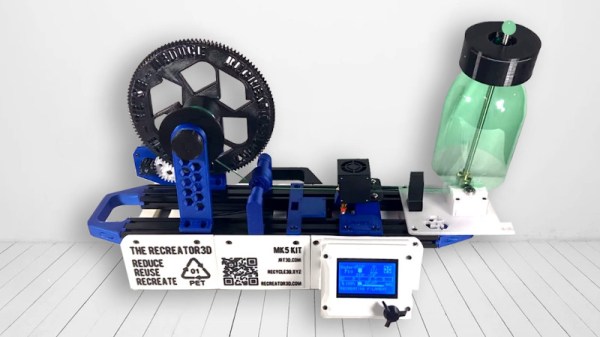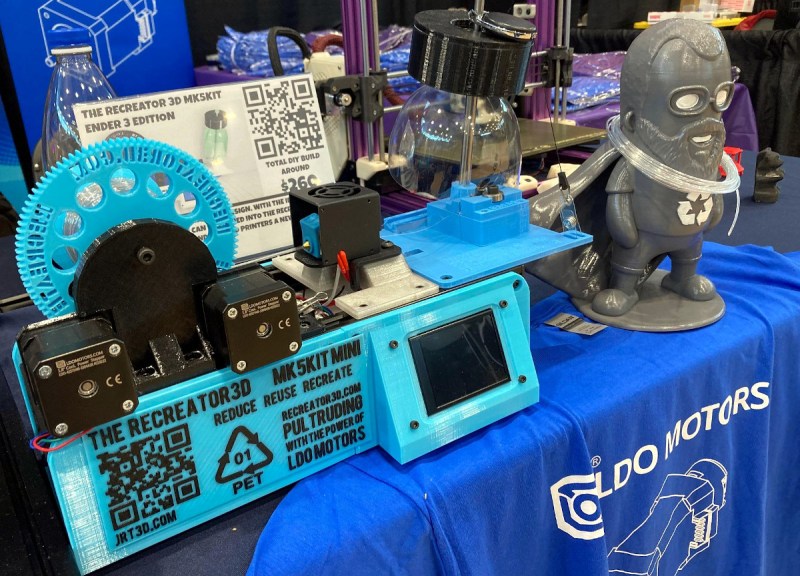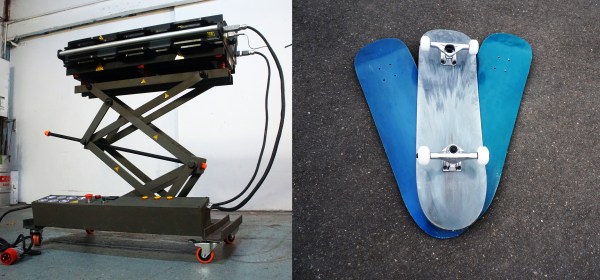A lot of people complain that Roombas are unreliable, poor at their job, or just plain annoying. Few people complain they’re not fast enough in a straight line. Regardless, [electrosync] set about building the world’s fastest Roomba for his own personal satisfaction.
For this challenge, [electrosync] set his own rules. The build must look like a Roomba, use two drive wheels, and one motor per wheel. It also has to maintain its vacuum functionality. After stripping down a used Roomba, he set about carving out space in the chassis for upgraded hardware. Brushed DC 775 motors were selected for the drivetrain, and these run through a 3:1 planetary reduction gearbox. 3D-printed mounts were then used to install the new motors in the existing chassis. New 3D-printed wheels completed the drivetrain. The original Ni-MH cells were replaced with a pair of 3-cell lithium polymer batteries for more power.
Measured with a Bluetooth GPS device, the upgraded Roomba achieved an impressive 36 km/h (22 MPH). With new wheel designs clad in urethane rubber and an improved anti-wheelie device, it hit a mighty 49 km/h (30 MPH). Adding 4-cell batteries pushed things further to 57 km/h (35 MPH), but the Roomba became difficult to control.
The gauntlet has been thrown down. Do you think you can build a faster Roomba? Time to get hacking! Video after the break.
Continue reading “Trying To Build The World’s Fastest Roomba”



















